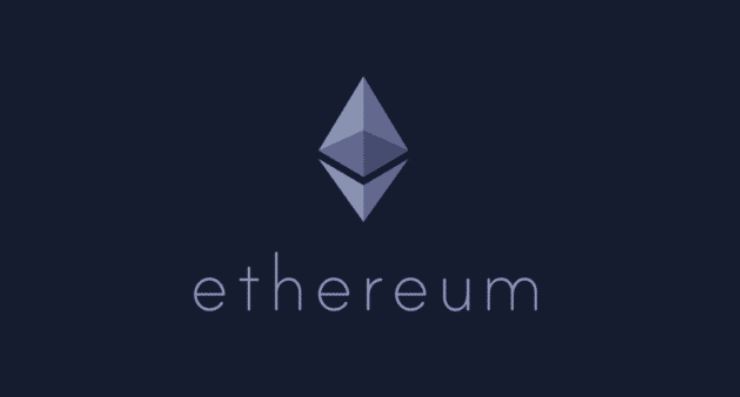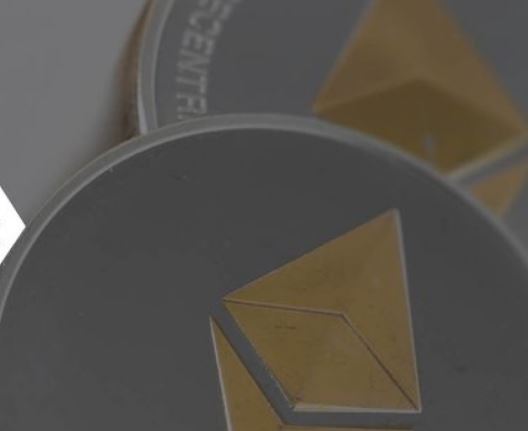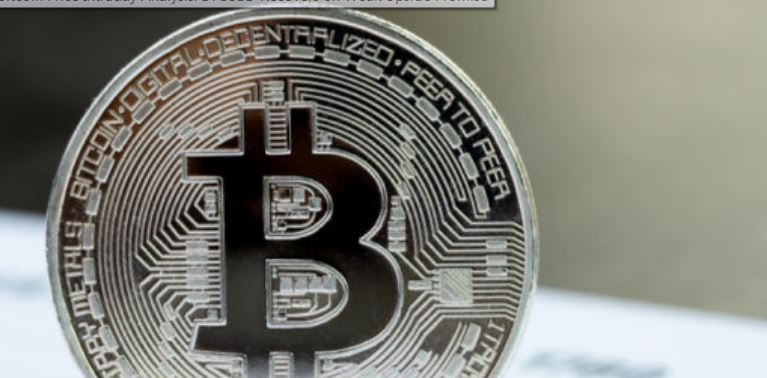China’s Blockchain Infrastructure to Extend Global Reach With Six Public Chains

A blockchain infrastructure backed by the Chinese government will open its services to decentralized applications (dapp) developers on a global scale on August 10.
The move is part of China’s plan to be the one and only infrastructure provider for blockchain firms across the world. That effort resembles the country’s aggressive international expansion in other major emerging technologies such as 5G and artificial intelligence.
This global expansion is notable, given that China’s attempts to lead in other technologies have been disrupted. The Trump administration issued a new rule in May to prevent Chinese tech conglomerate Huawei, a leader in 5G technology, and its suppliers from using U.S. technology and software. The U.K. has also barred Huawei from its 5G networks.
Yet China’s global blockchain ambitions have been a smooth sail.
The global version of Blockchain-Based Services Network (BSN) has integrated its data centers with six major decentralized blockchains: Tezos, NEO, Nervos, Cosmos’ IRISnet, Ethereum and EOS. The developers on these public chains can run nodes and applications using data storage, bandwidth and other resources provided by BSN.
The public chains could benefit from BSN’s cheap services, interoperability with other Chinese enterprise blockchains and access to financial data from China UnionPay, which is otherwise difficult for foreign-based blockchain firms to obtain and process.
“The move is a milestone as BSN is the first state-backed blockchain infrastructure that is reaching developer communities outside China by integrating with major public chains,” said Yifan He, CEO of Beijing Red Date Technology, one of the founding companies behind BSN.
The nationwide blockchain infrastructure project was launched in April. It is led by the State Information Center of China (SIC) and supported by state-owned tech conglomerates China Mobile and China UnionPay, and Red Date, which architects BSN’s technical framework.
SIC is a public institution under the National Development and Reform Commission (NDRC), the highest economic planning agency in the Chinese government. The institution has been one of the principal architects behind China’s national information security policies, and monitors and processes macroeconomic data for policymakers.
The six blockchain projects are BSN’s first batch of decentralized public blockchains to run on the network across its three data centers in Paris, San Francisco and Hong Kong, He said.
“We’ve taken a lot of thoughts about who would be the first public chains to be integrated,” He said. “Besides Ethereum and EOS we have disclosed in April, we decided to include another international public chain Tezos, and two prominent China-originated projects NEO and Nervos.”
BSN aims to on-board more than 10 public chains by the end of this year based on their user bases, technical background and products, He said.
Cloud services for blockchain
Guoning Lü, co-founder of Nervos, said BSN can support a tailored infrastructure service for blockchain developers, noting that projects need to be able to run nodes on such an infrastructure to operate.
“Essentially, blockchain firms are using standardized internet services from BSN as opposed to adjusting their own technical frameworks to use such services,” Lü said.
The standardized development environment could save a lot of time and money for developers from building things from scratch, Lü said.
“For example, validation nodes require a high level of security protection to prevent them from distributed denial-of-service (DDoS) attacks (one of the most common cyber attacks that make a network unavailable to its users),” Harriet Cao, co-founder of IRISnet Foundation, said.
BSN will hide the complexities of these security features in its operation support. In the future, a developer can use BSN to run a node like people use cloud services, and developers can just search the name of the blockchain and hold their private keys in order to build dapps or run a node, Cao said.
Developers will enjoy free services on BSN if they have fewer than 2,000 daily connection requests to BSN’s nodes. Red Date Technology’s Yifan He claims that BSN will be much more cost-effective and stable than other networks for dapp developers.
There are free nodes for blockchain projects but they tend to be unstable and hard to trace once a dapp loses connections to the nodes. Many dapps buy services from Amazon Web Services (AWS) and build their own nodes in the data centers.
For one single node on a network like Alibaba Cloud, developers would have to pay tens of thousands of dollars per year plus the cost of human resources in order to maintain the node. In contrast, BSN will only charge several hundred dollars for the yearly resources and operational services needed to run nodes, He said.
APIs
While there are only six public chains, users will have more than a dozen options to be connected with BSN’s nodes.
All six chains will have nodes assigned to their mainnet and testnet respectively, where developers can first run their applications on testnets and find potential problems to ensure a frictionless experience on their mainnets.
While all the chains will be able to be connected to the nodes via their native application programming interfaces (API), Ethereum and EOS developers can opt for API services provided by a third-party blockchain middleware firm dfuse.
For Ethereum and EOS, there will be mainnet nodes, testnet nodes and dfuse nodes with their own special API infrastructure attached to the nodes.
“While dfuse could offer faster and more convenient connections with the nodes on BSN, we make sure the developers with privacy concerns can still opt for native APIs,” He said.
dfuse, Founded in 2018, is a Montreal, Canada-based firm that started off by providing API services to EOS-based applications. It later branched out to projects on Ethereum.
“One of the main reasons that BSN chose us is we are very scalable,” Alexandre Bourget, dfuse co-founder and chief technology officer, said. “dfuse has been built and stress-tested on public chains processing 5,000 sustained/10,000 burst transactions per second, and is ready to support the next 10x and 100x in industry growth.”
The firm has been funded by Multicoin Capital and Intel Capital, which is the investing arm of Intel Corporation.
One network, two systems
Developers can build dapps on the six public chains in BSN’s global version. Domestic users in mainland China, however, only have access to enterprise blockchains due to Chinese government’s restrictions on decentralized public chains that tend to have tokens.
“The Chinese government and regulators are very cautious about decentralized public chains and try not to get involved in anything related to a public blockchain,” Hongfei Da, founder of NEO, said. “It is interesting to see BSN, which has a clear commercial purpose and is backed by entities with government background, is supporting such projects.”
“It is like ByteDance behind TikTok,” Da said. “The international version of the app does not necessarily comply with the Chinese regulation but the local regulations from the countries [where] it is used. BSN reflects a common pragmatic approach for Chinese companies to go global.”
BSN can serve as a way for non-Chinese blockchain firms to tap into the Chinese blockchain community.
Developers outside China can now use many major Chinese enterprise blockchains to build their dapps, such as Tencent’s consortium chain FISCO-BISCO used for its virtual bank WeBank, according to He.
“We’re thrilled for Tezos to join a cohort of public blockchains that will provide the base layer for companies and software developers building blockchain-based applications in China and globally,” Hubertus Thonhauser, chairman of the Tezos Foundation Council, said. “Participating in the BSN is a momentous step forward on the path to wide-scale institutional adoption for the Tezos project.”











Responses